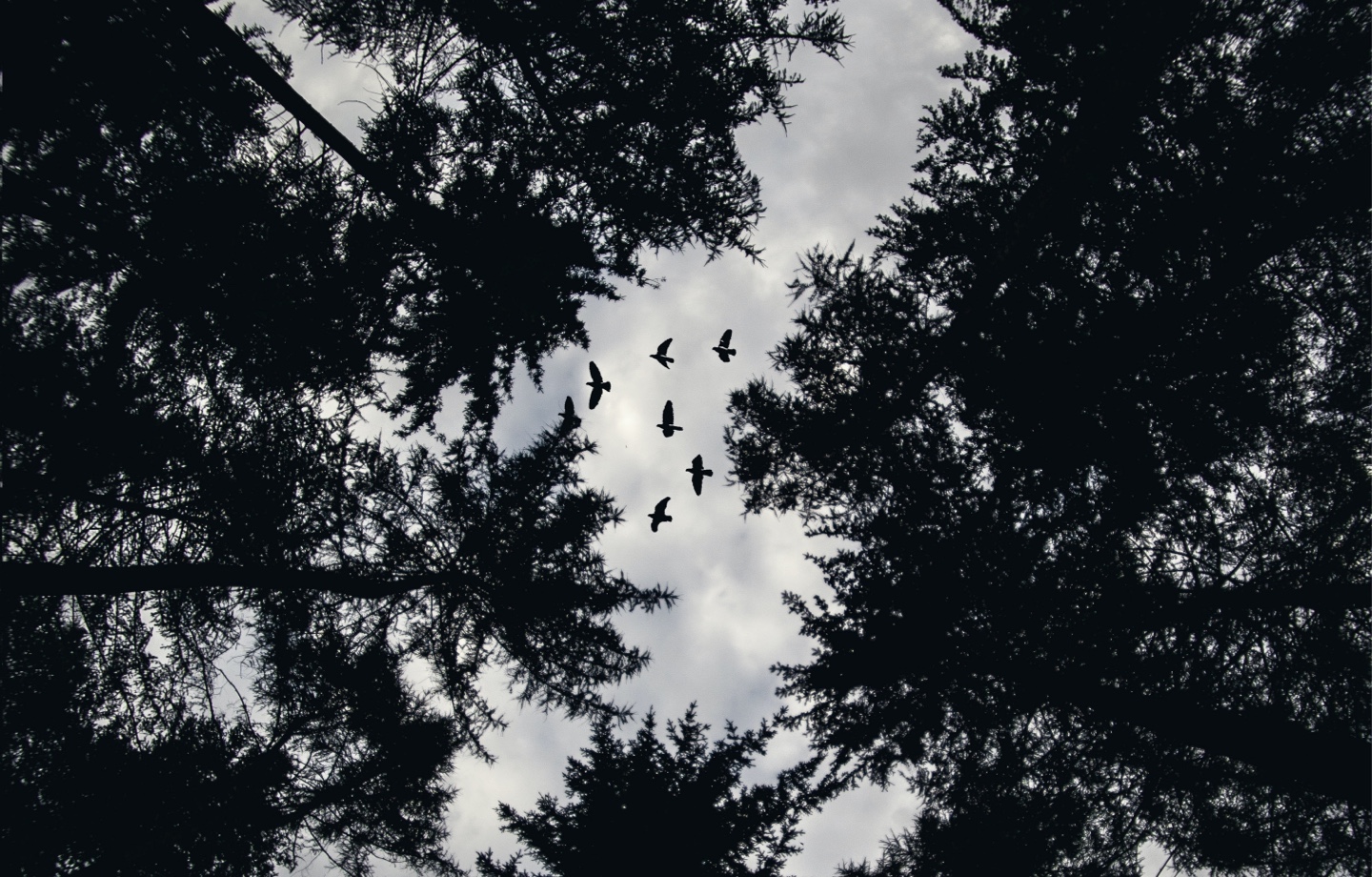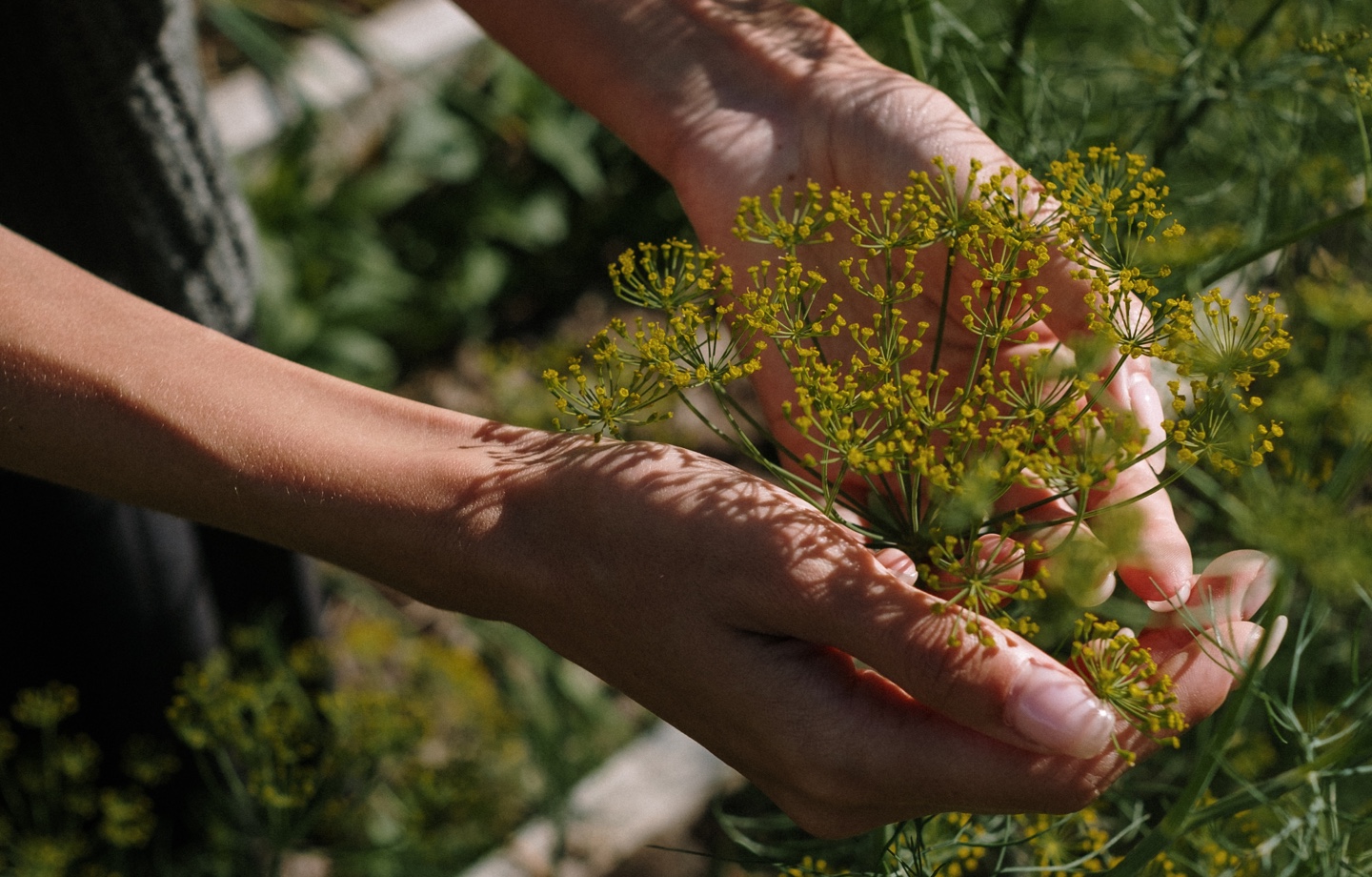What if we slowed down every now and then to stop and smell the roses — or enjoy the view on the way up whatever mountain it is we’re climbing?
In the winter, I wake up before dawn a couple of times each week, brew a quick cup of coffee, and hop in my truck for a 35-minute drive to the local ski hill. From the parking lot, it’s about 1,400 vertical feet to the top — the perfect length for a quick morning ski tour, so I can be back at my desk before my daily 9:30 am meeting.
I do it for the joy. I love the cold crack of air in my lungs as I climb the first, mellow stretch, the sunrise views of the valley below as I step onto the last, steepest pitch, and the fast, frigid ski downhill at the end. But I also do it because I want to be fast.
In Santa Fe, I’m surrounded by powerful athletes. My friends run 100-mile races, ride mountain bikes professionally, and ski 40-mile traverses in the middle of the night for fun. So, as you can expect, I spend much of my time just trying to keep up.

Read more: The Organization Turning Pro Athletes Into Climate Activists
My athletic goals are modest. I just want to be able to spend long days gallivanting through the mountains with the people I love, ideally while maintaining high enough oxygen levels that I can carry on a casual conversation and not suffer too much. My longtime strategy was to ask lots of tricky questions, so as to make the other, faster party, talk a lot, distract them from my heavy breathing, and hopefully slow them down. But this gets old, and, as I recently learned, isn’t going to help me get any faster.
In fact, the best way to get faster is to slow down.
There’s a saying I first heard on my skis: Slow is smooth, and smooth is fast. It makes intuitive sense. Moving deliberately allows for more precision, which allows you to pick up the pace as those good habits get ingrained. I think it applies to everything — grocery shopping, packing for a trip, navigating a complicated piece of terrain. But there’s something more scientific at play, too.
One of the limiting factors for uphill movement at pace is aerobic capacity — basically, how much oxygen your body can process at any given time. According to the folks at Uphill Athlete, a well-regarded training program for mountain athletes, the best way to build up your aerobic capacity isn’t to run, ski tour, or bike as fast as you can. It’s to spend long periods of time exercising at low intensities — or, at an easy, conversational pace.
I learned all of this while panting uphill one morning this winter behind my very fast friend Matt, who also happens to be well-versed in endurance training philosophy. I’ll spare you the nerdy details, but the short version is that exercising at an easy pace allows your cells to build up more mitochondria (the powerhouse of the cell!), which helps increase your body’s efficiency at converting various resources into energy, which helps you keep moving. If you exercise too hard too often, your body instead has to focus on recovering from the effort, instead of building up the valuable resources that improve your fitness long term.
It’s incredibly cool: if I want to increase my top speed, I don’t have to train at my top speed. I just need to pick up a friend or two on the way up the mountain and take our time moseying up the hill slowly enough that we can dissect the latest conversation I had with my mother, or learn about their baby’s sleep schedule in detail, or plan our annual bike trip to Moab. Instead of suffering my way to better athletic performance, I can dial it back to a comfortable pace, and reap the benefits all the same.
This bore out for me this winter: I slowed way, way down. If I was heading up to ski with someone faster than me, I’d let them know that I was taking it easy, and nobody seemed to mind taking a few extra minutes to get up the hill. Late in the season, I set out solo with the intention of moving at pace and timing myself, and I made it to the top five minutes quicker than I ever had before.
The real benefit, though, isn’t the athletic performance. There are infinite ways to move through the world, and most of my time has been spent with an eye (as you maybe can tell) toward efficiency, usually with an objective in mind: I’m running this trail to increase my fitness, or paddling this kayak to get to that cove, or riding this mountain bike to practice my technical skills.
Slowing down helps distance me (literally and figuratively) from that end goal. It creates space — for conversation, sure, but also for quiet, and for more careful noticing of the rime ice built up on the trees, the mountain’s shadow on the valley below, the stretch of my hip flexors, and the power of my glutes. I’m learning to pay attention to the landscapes, interior and external, that make movement possible and worthwhile. Maybe, if I’m lucky, in a few years I won’t care about the pace at all.

Read more: How Protect Our Winters is Safeguarding The Outdoors
Have feedback on our story? Email [email protected] to let us know what you think!

Shop Pillows
The Essential Organic Pillow Collection
Gentle, breathable, non-toxic support.







